Understanding Tarantulas
Tarantulas, despite their often intimidating appearance, are fascinating creatures. Understanding their biology, behavior, and needs is the first step towards safe and responsible handling. Before attempting to hold a tarantula, it is crucial to educate yourself about these arachnids. This includes their natural habitats, feeding habits, and defensive mechanisms. Recognizing these aspects will help you anticipate their reactions and minimize the risk of a negative experience. This guide provides comprehensive information on how to safely handle and care for your tarantula.
Tarantula Species and Temperament
Not all tarantulas are created equal. Some species are known for their docile temperaments, while others are more defensive. Researching the specific species of your tarantula is essential. Some popular pet tarantulas, like the Chilean Rose Hair, are generally considered more docile and less likely to bite. Others, such as the Brazilian Black, may be more prone to defensiveness. Observe your tarantula’s species-specific behaviors. Knowing the tendencies of your species can greatly influence your approach to handling, contributing to a safer experience.
Identifying Aggressive Behavior
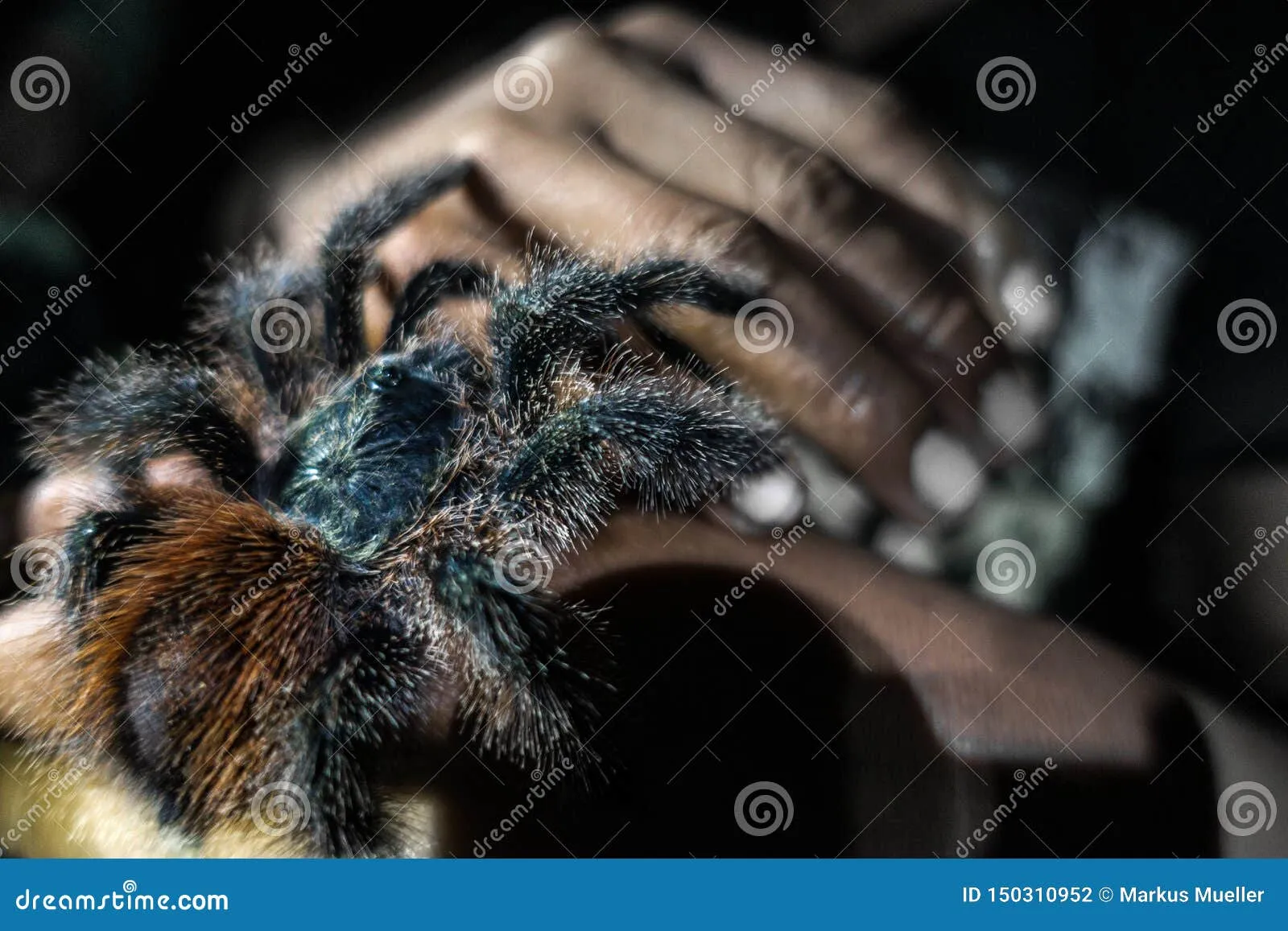
Recognizing signs of aggression in your tarantula is critical for safety. Tarantulas communicate their mood through various behaviors. These behaviors may vary between species, but some common indicators include raising their front legs, rearing up on their hind legs, flicking urticating hairs (in species that possess them), and hissing. If your tarantula displays any of these signs, it is best to avoid handling it at that time. Understanding and respecting these signals can prevent a stressful situation and potential bites. Always prioritize the well-being of your tarantula.
Preparing to Hold Your Tarantula
Before handling your tarantula, proper preparation is key to a safe and successful experience. This involves gathering the necessary equipment, creating a secure environment, and choosing the right moment to interact with your pet. This preparation minimizes stress for both you and the tarantula and reduces the likelihood of accidents or injuries. Carefully consider each step in this preparation phase to foster a positive interaction with your tarantula.
Essential Equipment You’ll Need
Certain tools can aid in safe handling. You will need a clear, secure container, such as a large deli cup or a specialized tarantula enclosure, in case the tarantula needs to be moved quickly. A soft paintbrush can be used to gently guide the tarantula, and long tweezers or tongs can be useful for feeding or removing debris. Always have these tools readily available. It’s also helpful to have a first-aid kit nearby, as a precaution, and a phone for emergencies. Ensure all equipment is clean, sterile, and appropriate for handling.
Creating a Safe Holding Environment

Before you take your tarantula out, create a safe and enclosed space, like a table covered with a soft blanket. This reduces the chance of the tarantula escaping. The chosen area should be free of hazards, such as open windows, small spaces where the tarantula could hide or get trapped, and anything that could potentially harm the spider. Ensure the area is well-lit so you can clearly see the tarantula’s movements and behaviors. This preparation can ensure you have a controlled environment and a positive handling session.
The Right Time to Handle
Choose the right moment to handle your tarantula. Avoid handling when the tarantula is molting, as they are incredibly vulnerable during this period. Also, avoid handling immediately after feeding, as this can stress the tarantula. Handle your tarantula when it appears calm and is not showing any signs of stress or aggression. If your tarantula is exhibiting defensive behaviors, it’s best to postpone handling. The best time to hold your tarantula is when it seems most relaxed and comfortable in its environment.
The Holding Process
Holding a tarantula should be a calm and controlled process. This section outlines the steps to safely interact with your pet tarantula, from approaching it to managing its movements during handling. By following these guidelines, you can minimize stress for your tarantula and reduce the chances of an unpleasant encounter. Remember to move slowly, speak calmly, and observe the tarantula’s behavior throughout the handling process. Patience and respect are key.
Approaching Your Tarantula
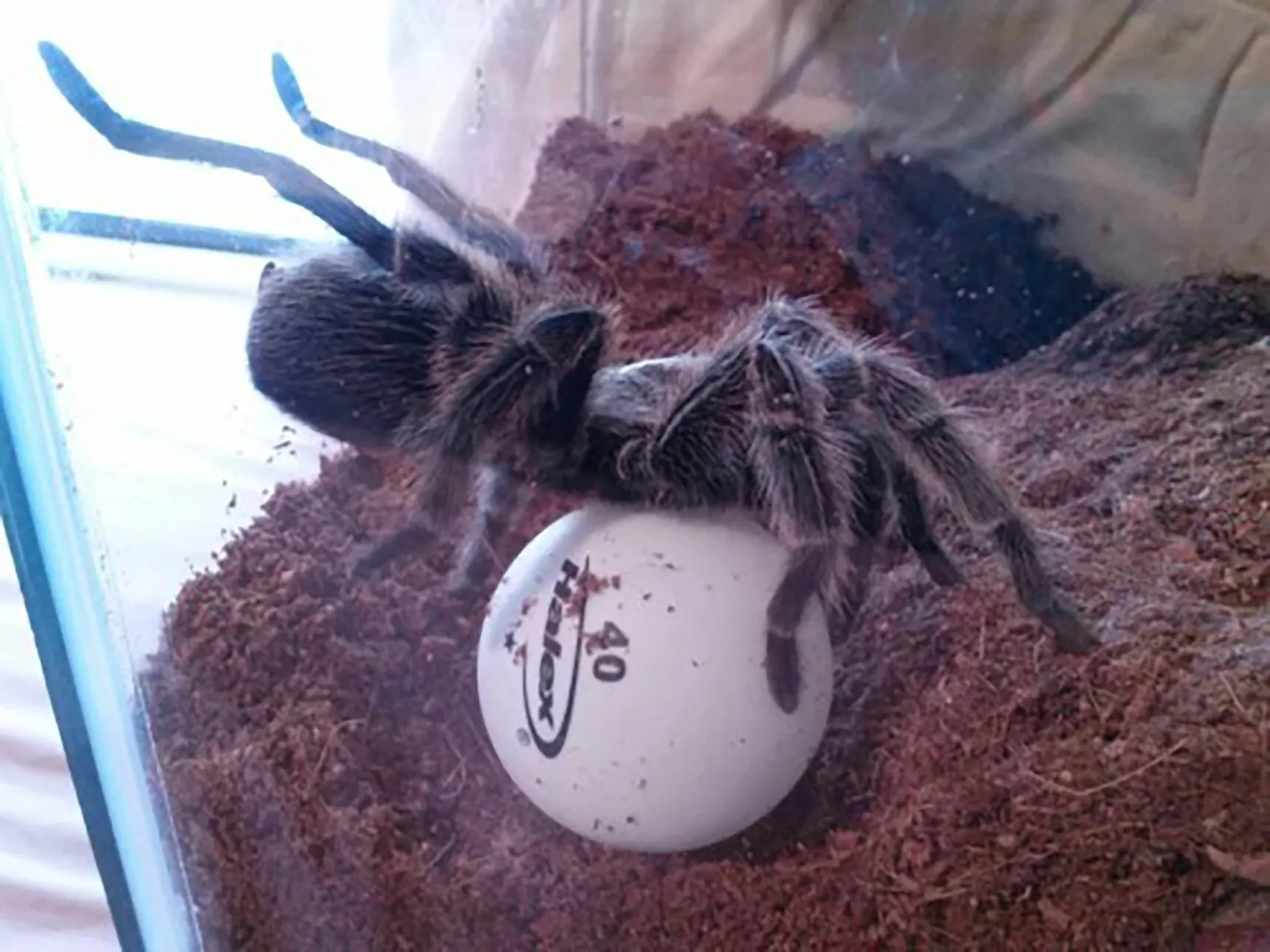
Approach your tarantula slowly and calmly. Avoid sudden movements or loud noises that could startle it. Gently open the enclosure and speak to your tarantula in a soft voice to reassure it. Use a paintbrush or your hand to gently encourage the tarantula to walk onto your hand. Do not reach into the enclosure and grab the tarantula; this can be perceived as a threat. Patience is critical during this step. If the tarantula retreats or shows signs of stress, pause and try again later.
The Proper Holding Technique
Support the tarantula’s body by gently cupping your hands beneath it. Do not squeeze or restrict its movement. Allow the tarantula to walk across your hand, and do not try to force it in any direction. Hold the tarantula close to the ground to minimize the distance it could fall if it becomes startled. This method of holding ensures the tarantula feels secure and supported. Maintain a relaxed posture and avoid making any sudden movements that could scare it.
What to Do If the Tarantula Moves
If your tarantula starts to move quickly or shows signs of stress, remain calm. Do not try to grab or restrain it. Gently guide it toward a safe area, or slowly encourage it to return to its enclosure. If the tarantula attempts to escape, carefully guide it back toward the enclosure using a paintbrush. If it falls, ensure the surface is soft and that the fall does not cause any injuries. Keep your movements slow, controlled, and ensure a safe environment at all times to avoid any potential harm to the tarantula.
After Holding Your Tarantula
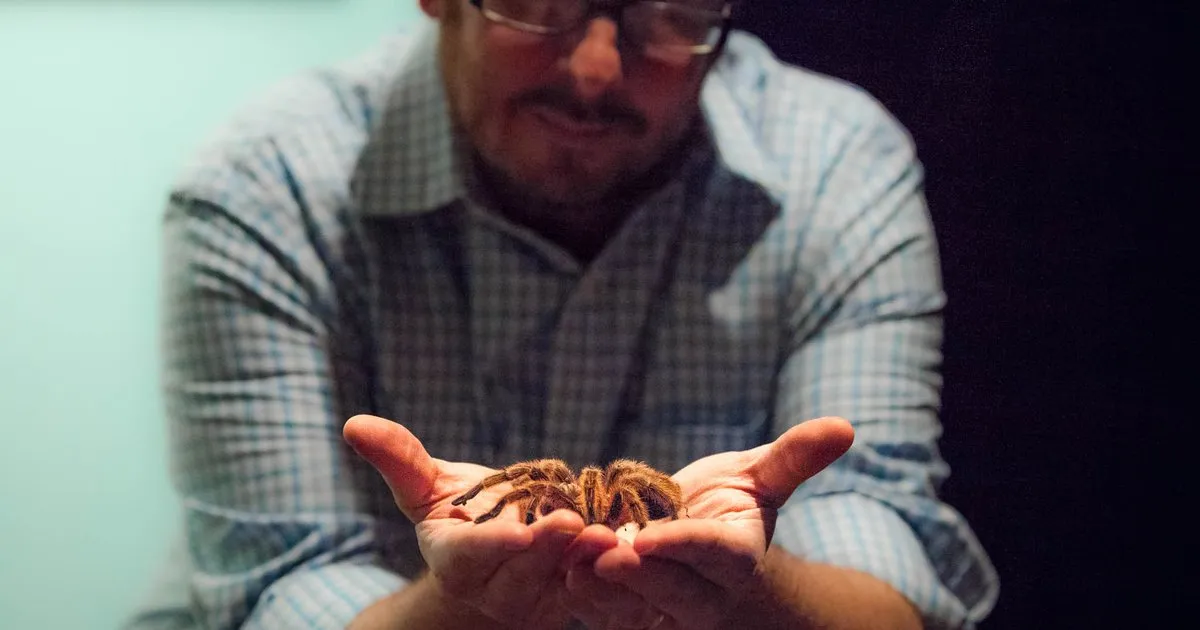
Once you’ve finished holding your tarantula, the process of returning it to its enclosure and observing its behavior is essential. This phase ensures a smooth transition and provides valuable insights into the tarantula’s overall well-being. Proper after-handling care is key for maintaining a healthy and stress-free environment for your pet. Careful attention to detail here contributes to their safety and reduces stress.
Returning Your Tarantula to Its Enclosure
Gently guide your tarantula back into its enclosure. Place your hand near the entrance, and allow the tarantula to walk back in on its own. Do not force it or try to push it. Once the tarantula is safely inside, carefully close the enclosure lid. Avoid startling the tarantula while it’s re-entering its home. Ensuring that the tarantula is back in its enclosure without any pressure is very important to ensure that it remains stress-free and that it is happy and safe.
Observing for Stress and Issues
After handling your tarantula, observe it for signs of stress. These can include erratic movements, excessive grooming, or a change in behavior. Check for any physical injuries, such as damaged legs or broken fangs. If you notice any signs of stress or injury, avoid handling the tarantula again until it has fully recovered. Consult with a veterinarian or an experienced tarantula keeper if you have any concerns about its well-being. Keep an eye on the tarantula’s enclosure for any changes that may require you to adjust their living situation.
Common Mistakes to Avoid
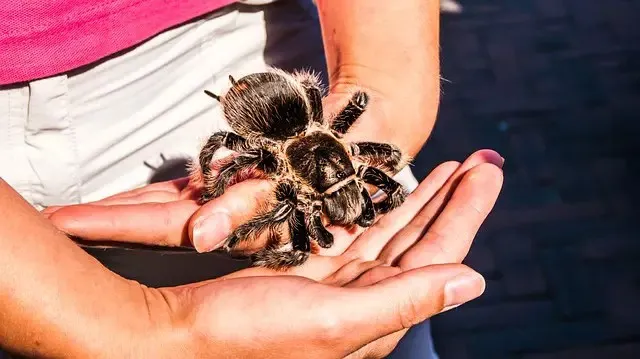
Avoid certain common mistakes to ensure the safety of both you and your tarantula. These mistakes can lead to stress, injury, or even escapes. Being aware of these pitfalls will enable you to handle your tarantula responsibly and create a positive experience for everyone involved. Understanding these points can help you avoid potential issues and ensure that all interactions with your pet tarantula are positive.
Avoiding Sudden Movements and Loud Noises
Avoid sudden movements and loud noises, as these can easily startle a tarantula, causing it to become defensive or run. Keep the environment calm and quiet during handling. This means no sudden gestures or loud conversations. Ensure that any children or other pets in the environment understand the importance of maintaining a calm atmosphere. This can help to reduce any possible stress on the tarantula and make the experience more positive for both you and the tarantula.
Not Forcing Interaction
Never force interaction with your tarantula. If it is not in the mood to be handled or shows any signs of stress or aggression, it is best to leave it alone. Forcing interaction can lead to bites or other injuries. Respect your tarantula’s boundaries. If your tarantula seems scared, leave it alone. It is important to listen to their behavioral cues so that you can ensure they are both happy and safe at all times.
Understanding the Risks
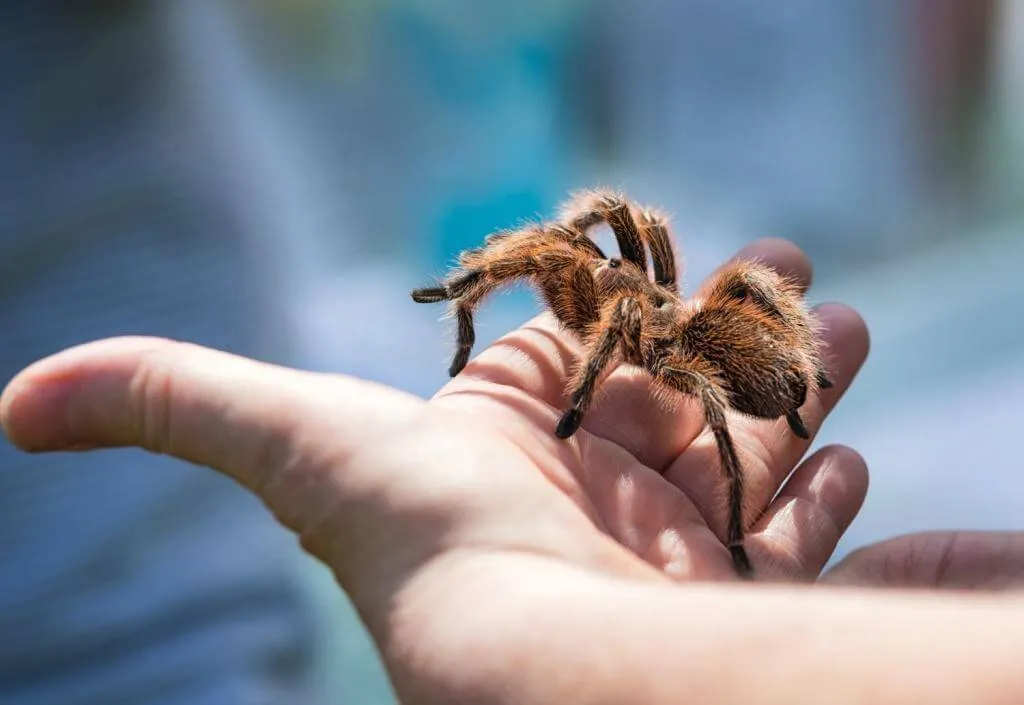
While handling a tarantula can be a rewarding experience, it’s important to understand the inherent risks involved. These risks include the possibility of bites and potential allergic reactions. Knowing these risks can help you take appropriate precautions and prepare for any unexpected events. Being informed and prepared is key to ensuring your safety and the well-being of your tarantula.
Bite Risks and Allergic Reactions
Tarantulas can bite if they feel threatened. While tarantula bites are rarely fatal, they can be painful, and the venom can cause localized pain, swelling, and redness. Some people may also experience allergic reactions. Always wash the bite area thoroughly with soap and water and seek medical attention if you experience severe symptoms, such as difficulty breathing or swelling. Know the health of your tarantula, as well as your own health, prior to handling.
Dealing with a Bite
If you are bitten by a tarantula, remain calm and remove yourself from the situation. Wash the bite area thoroughly with soap and water. Apply a cold compress to reduce swelling and pain. Monitor for any signs of an allergic reaction, such as difficulty breathing, swelling, or hives. Seek medical attention immediately if you experience any severe symptoms. Report the bite to a doctor. It is always best to be informed about the proper steps to take if you are bitten by a tarantula.
Handling a tarantula can be a thrilling experience for any pet enthusiast, but it is also a commitment. By following this guide and practicing patience and respect, you can create a safe and rewarding experience for both you and your tarantula. Remember, the well-being of your pet should always be your top priority. Enjoy the journey of tarantula ownership, and always continue to learn and grow in your understanding of these amazing creatures.
